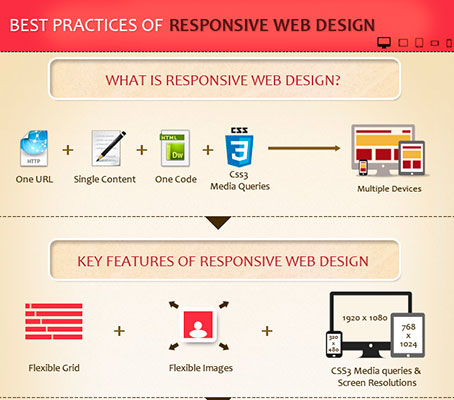Website Style Basics: Tips For Building A User-Friendly Website
Website Style Basics: Tips For Building A User-Friendly Website
Blog Article
Write-Up Writer-Hall Secher
When it pertains to internet site layout, making certain user-friendliness is essential. From https://www.searchenginejournal.com/seo-mentorship-tips/446858/ to structured navigation, every element plays an essential role in creating a site that accommodates your target market's needs. But what regarding the better details that can make or damage a customer's surfing experience? Remain tuned as we uncover some often-overlooked tips that can elevate your site's use to the next degree, making it truly stand out in the digital landscape.
Importance of Responsive Design
Responsive design is a critical facet of modern-day site development. Guaranteeing your internet site is receptive means that it can adjust to various display dimensions and gadgets, giving a smooth experience for users.
With the enhancing use of smart devices and tablet computers to access the internet, having a receptive style is important for getting to a wider target market. It aids in enhancing user experience by making your internet site very easy to browse and continue reading any tool.
Additionally, responsive style can favorably impact your search engine rankings, as online search engine like Google prioritize mobile-friendly internet sites. By having a receptive design, you're additionally future-proofing your website, as brand-new gadgets with differing screen sizes continue to emerge.
Simplify Navigating Framework
To enhance customer experience and facilitate very easy access to information on your website, improving the navigation framework is extremely important. When designing your website, focus on developing a clear and intuitive navigating menu that helps visitors find what they're looking for quickly.
Limitation the variety of menu products to the basics, grouping associated pages together to stay clear of overwhelming users. Use detailed labels that plainly show the content of each page, making it simpler for customers to comprehend where each web link will take them.
Think about executing dropdown menus for subcategories to stop littering the major navigation bar. Furthermore, consist of a search bar plainly on the web page for users that favor looking for certain details.
Focus on mobile responsiveness in your navigation design to make certain very easy access on all tools.
Maximize Web Page Tons Speed
Improving page load rate is important for maintaining visitors on your internet site. Slow-loading pages annoy individuals and can lead to high bounce prices. To maximize page lots rate, begin by optimizing photos. Press photos without compromising quality to lower their file dimensions.
Additionally, make it possible for web browser caching to save frequently accessed resources locally, quickening load times for returning visitors. Minify CSS, JavaScript, and HTML data by removing unnecessary characters, comments, and format, boosting load rate.
Take into consideration using a web content shipment network (CDN) to distribute your website's content throughout numerous web servers worldwide, reducing latency for customers accessing your site from various places. Lastly, restrict making use of third-party manuscripts and plugins, as they can considerably affect tons times.
Final thought
To conclude, by incorporating responsive layout, simplifying navigation, and enhancing web page lots speed, you can create an user-friendly website that appeals to a bigger audience and improves individual experience. webpage make certain that site visitors can quickly gain access to and navigate your website throughout different tools, causing boosted engagement and satisfaction. By focusing on these key aspects, you can build a successful web site that keeps customers coming back for even more.
